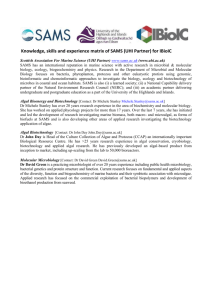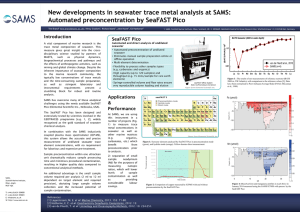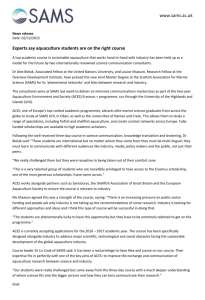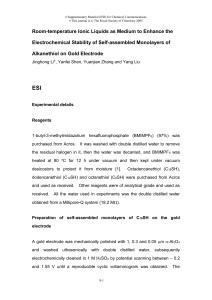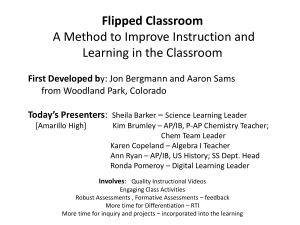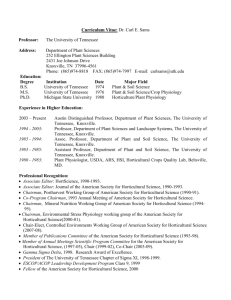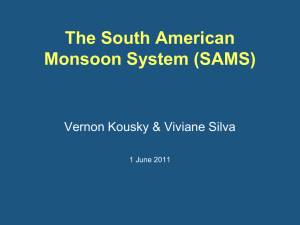Gliders final - The Scottish Association for Marine Science
advertisement
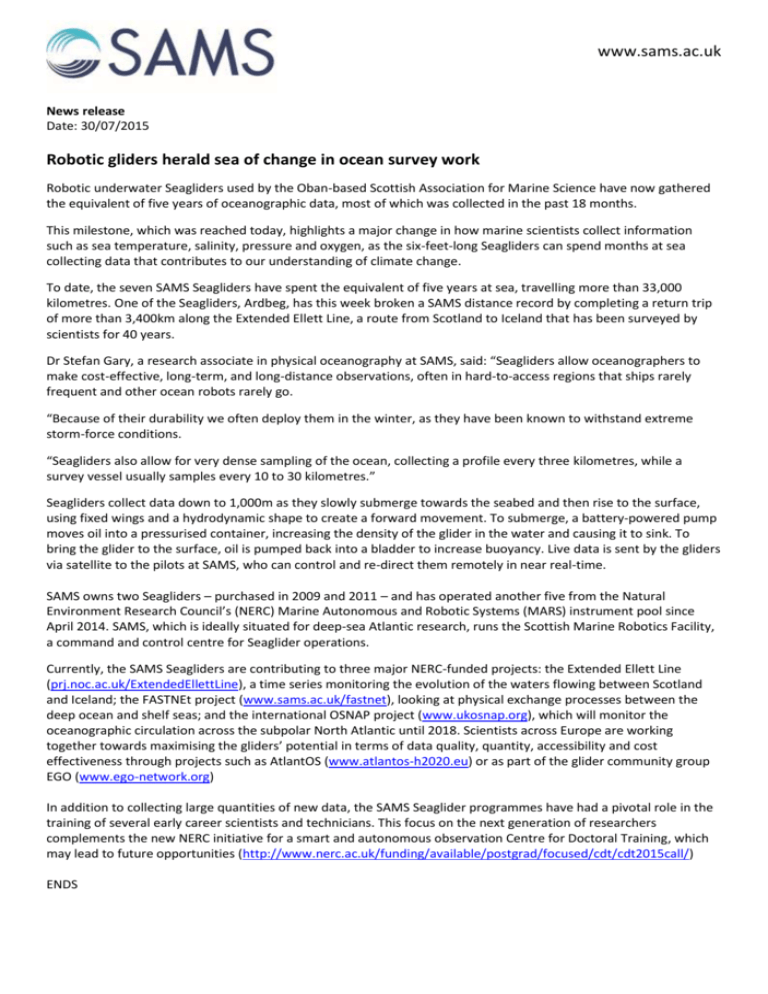
www.sams.ac.uk News release Date: 30/07/2015 Robotic gliders herald sea of change in ocean survey work Robotic underwater Seagliders used by the Oban-based Scottish Association for Marine Science have now gathered the equivalent of five years of oceanographic data, most of which was collected in the past 18 months. This milestone, which was reached today, highlights a major change in how marine scientists collect information such as sea temperature, salinity, pressure and oxygen, as the six-feet-long Seagliders can spend months at sea collecting data that contributes to our understanding of climate change. To date, the seven SAMS Seagliders have spent the equivalent of five years at sea, travelling more than 33,000 kilometres. One of the Seagliders, Ardbeg, has this week broken a SAMS distance record by completing a return trip of more than 3,400km along the Extended Ellett Line, a route from Scotland to Iceland that has been surveyed by scientists for 40 years. Dr Stefan Gary, a research associate in physical oceanography at SAMS, said: “Seagliders allow oceanographers to make cost-effective, long-term, and long-distance observations, often in hard-to-access regions that ships rarely frequent and other ocean robots rarely go. “Because of their durability we often deploy them in the winter, as they have been known to withstand extreme storm-force conditions. “Seagliders also allow for very dense sampling of the ocean, collecting a profile every three kilometres, while a survey vessel usually samples every 10 to 30 kilometres.” Seagliders collect data down to 1,000m as they slowly submerge towards the seabed and then rise to the surface, using fixed wings and a hydrodynamic shape to create a forward movement. To submerge, a battery-powered pump moves oil into a pressurised container, increasing the density of the glider in the water and causing it to sink. To bring the glider to the surface, oil is pumped back into a bladder to increase buoyancy. Live data is sent by the gliders via satellite to the pilots at SAMS, who can control and re-direct them remotely in near real-time. SAMS owns two Seagliders – purchased in 2009 and 2011 – and has operated another five from the Natural Environment Research Council’s (NERC) Marine Autonomous and Robotic Systems (MARS) instrument pool since April 2014. SAMS, which is ideally situated for deep-sea Atlantic research, runs the Scottish Marine Robotics Facility, a command and control centre for Seaglider operations. Currently, the SAMS Seagliders are contributing to three major NERC-funded projects: the Extended Ellett Line (prj.noc.ac.uk/ExtendedEllettLine), a time series monitoring the evolution of the waters flowing between Scotland and Iceland; the FASTNEt project (www.sams.ac.uk/fastnet), looking at physical exchange processes between the deep ocean and shelf seas; and the international OSNAP project (www.ukosnap.org), which will monitor the oceanographic circulation across the subpolar North Atlantic until 2018. Scientists across Europe are working together towards maximising the gliders’ potential in terms of data quality, quantity, accessibility and cost effectiveness through projects such as AtlantOS (www.atlantos-h2020.eu) or as part of the glider community group EGO (www.ego-network.org) In addition to collecting large quantities of new data, the SAMS Seaglider programmes have had a pivotal role in the training of several early career scientists and technicians. This focus on the next generation of researchers complements the new NERC initiative for a smart and autonomous observation Centre for Doctoral Training, which may lead to future opportunities (http://www.nerc.ac.uk/funding/available/postgrad/focused/cdt/cdt2015call/) ENDS www.sams.ac.uk Contact details Euan Paterson E: Euan.Paterson@sams.ac.uk T: 01631 559342 Mobile: +44 (0) 7768 507342 Twitter: @ScotMarineInst Images Gliders1 – Seagliders from the SAMS-MARS fleet. Gliders2 – A glider is placed in the sea to begin its survey work. Gliders4 – This mission map shows SAMS Seagliders have travelled as far as Greenland during their survey work. Notes to editors - The Scottish Association for Marine Science (SAMS), based in Oban, Argyll, is Scotland’s largest and oldest independent marine science organisation, dedicated to delivering marine science for a healthy and sustainable marine environment through research, education and engagement with society. - An example of the work being done at SAMS with autonomous vehicles can be seen on the following link: https://www.youtube.com/watch?v=gt9cTnoY0rk - Robotic systems for marine observations have been identified by the UK Government as one of eight great transformational technologies for sustaining UK science as world-leading, and for strengthening the UK economy. - SAMS hosts the Scottish Marine Robotics Facility, which has autonomous vehicles capable of a range of survey work. http://www.sams.ac.uk/scottish-marine-robotics-facility/smart-observation-techniques - To view the live positioning of the Seagliders visit http://velocity.sams.ac.uk/gliders/ - Henry Stommel anticipated the development of gliders in a science-fiction article published in Oceanography in 1989. In 2004, the first European glider experiments were carried out in the framework of the European project MFSTEP of the Fifth Framework.
